The Christmas Fulu Cichlid, also known as the Red Fulu or Fulu Mizizi, is a stunning fish species that originates from the rocky shores and shorelines of Lake Victoria in East Africa. These cichlids are a popular choice among hobbyists due to their striking coloration, unique behaviors, and relative ease of care.
The Christmas Fulu Cichlid is a moderately sized fish that typically reaches a length of around 6 inches (15 cm) in captivity. In the wild, they can grow up to 8 inches (20 cm) in length. The body of the fish is typically elongated and compressed, with a dark-colored dorsal fin that is elongated and pointed.
The most striking feature of the Christmas Fulu Cichlid is its bright red coloration. The body of the fish is covered in a vibrant shade of red, with a few darker markings on the dorsal fin and caudal peduncle. Juvenile fish may have a more subdued coloration, with a yellow or greenish hue. However, as they mature, their red coloration becomes more intense.
In the wild, Christmas Fulu Cichlids are typically found in the shallow rocky areas of Lake Victoria, where they feed on small invertebrates and algae. In captivity, they will accept a variety of commercial flake and pellet foods, as well as frozen and live foods. It is important to provide a varied diet to ensure the fish receive all the necessary nutrients for optimal health.
These cichlids are relatively easy to care for, but they do require a few specific conditions to thrive. They prefer a pH range of 7.2-8.2 and a temperature range of 74-80°F (23-27°C). A well-oxygenated aquarium with plenty of hiding places, rock formations, and caves is ideal for Christmas Fulu Cichlids. These fish are also known for their aggressive behavior, so it is important to keep them with other fish species that are similarly sized and have a similar temperament.
In conclusion, the Christmas Fulu Cichlid is a beautiful and fascinating fish species that is well-suited for hobbyists with some experience in cichlid care. Their striking coloration and unique behaviors make them a popular choice among aquarium enthusiasts, and with the right conditions and care, they can thrive in captivity.
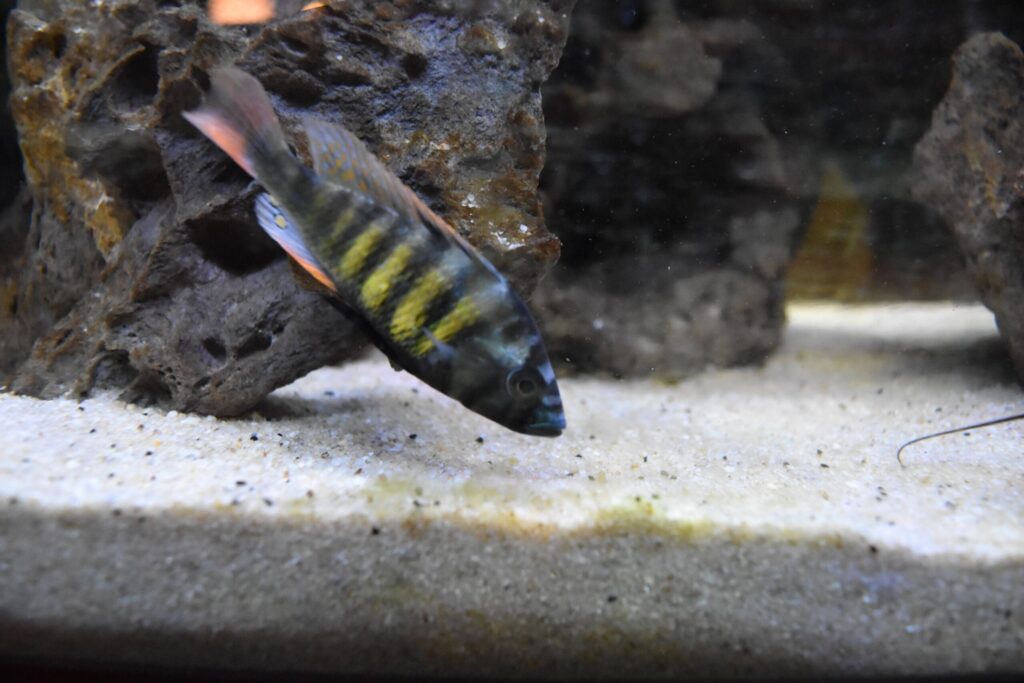
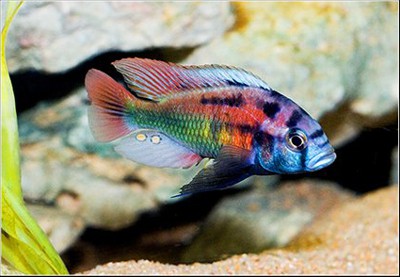
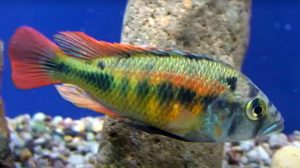
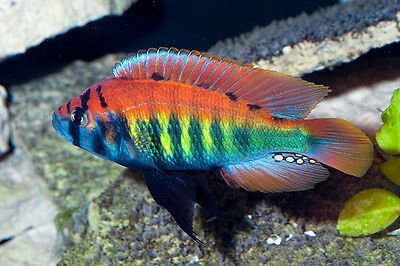
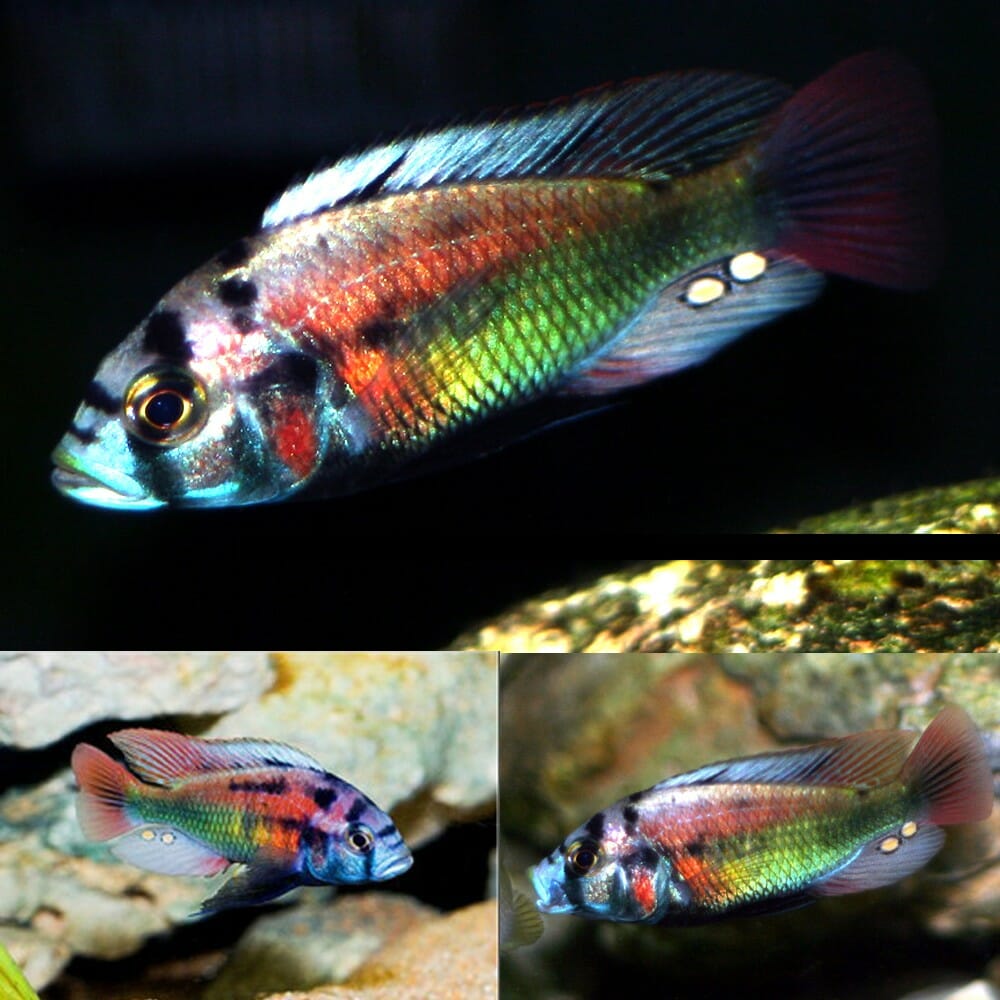
![]()
